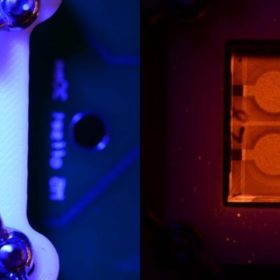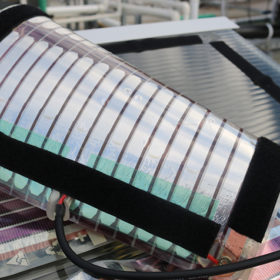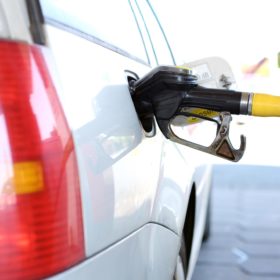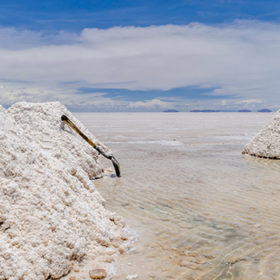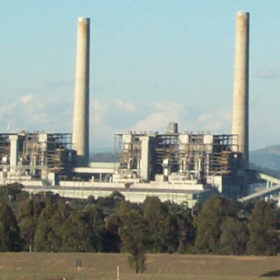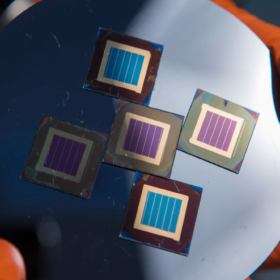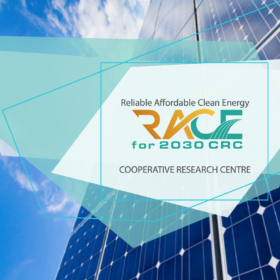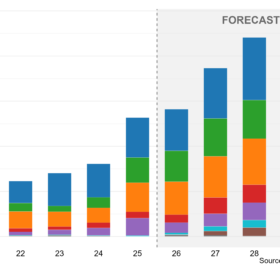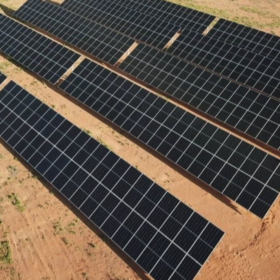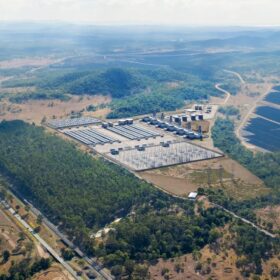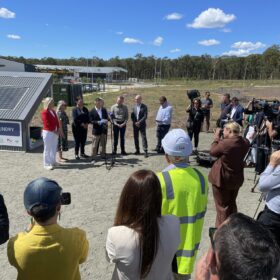Shine! You’re on photoluminescence camera!
Researchers in Australia and China used intensity-modulated photoluminescence to map the series resistance of perovskite solar cells with a technique which could further understanding of the causes of instability issues in such devices.
Ecolog partners with University of Newcastle for commercial rollout of printed organic solar cells
The Dubai-headquartered Ecolog has inked a memorandum of understanding with the Centre for Organic Electronics at the University of Newcastle to commercialize its low-cost, lightweight and portable solar energy technology.
Infrastructure critical to energy transition, says CEFC report
The Clean Energy Finance Corporation along with its partners has released an Issues Paper on the halting state of Australia’s infrastructural development. The paper highlights the nation’s short-sighted infrastructural projects and their weight upon the energy transition.
Griffith researchers enhance clean hydrogen elecrolysis efficiency
Griffith University researchers have unlocked a catalytic process that can enhance the breakdown of water, into hydrogen and oxygen, for clean hydrogen production and bring Australia a step closer to creating clean efficient hydrogen fuel.
Monash researchers make lithium extraction breakthrough
Monash University-led researchers have made a discovery that will dramatically reduce lithium-from-brine extraction times and accelerate our energy future. The breakthrough, innovative and ingenious, is as simple and as complex as a sieve.
QUT to drive green hydrogen export through LNG-focused research center
Queensland University of Technology (QUT) researchers say they will play a key part in developing the green hydrogen export industry by driving production, storage and transport projects under the auspices of the newly established Future Energy Exports (FEnEx) Cooperative Research Centre.
Coal developers risk half a trillion dollars down nonrenewable drain
A new report from financial think-tank Carbon Tracker has found that coal developers risk wasting more than $600 billion due to stubborn resistance to the already cheaper electricity resources provided by renewable energies worldwide. The report finds, in short, that a new coal plant is about as prudent an investment today as a Clydesdale and cart.
Atlassian funded research reveals new Social Contract with business
New research commissioned by Atlassian suggests a burgeoning Social Contract whereby employees want business to take more of a leadership role on societal issues to make up for perceived government lack. The research feels the pulse of the Australian workforce but also raises some interesting questions.
ANU researchers push boundaries on tandem solar cells
The researchers have achieved 27.7% efficiency for mechanically-stacked perovskite-silicon tandem cells.
$68.5 million in Federal funding awarded to clean-energy research cooperative
A consortium of partners led by the University of Technology Sydney has been successful in its bid for funding of a Cooperative Research Centre dedicated to enhancing energy consumers’ access to and efficient deployment of distributed renewable resources — primarily rooftop PV.
